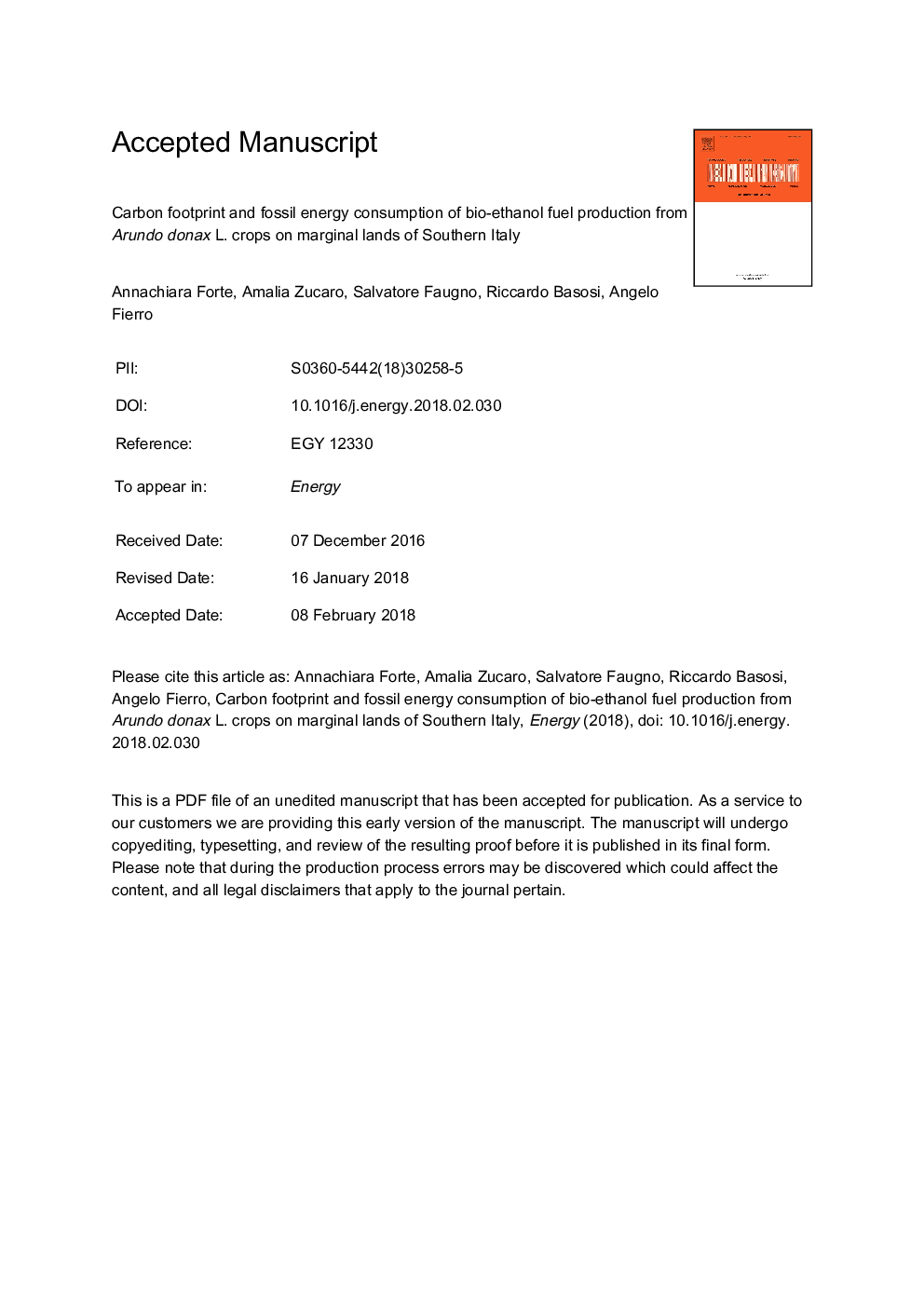| Article ID | Journal | Published Year | Pages | File Type |
|---|---|---|---|---|
| 8071840 | Energy | 2018 | 55 Pages |
Abstract
The E10 GHG and FEC profiles were driven by the gasoline input in the blend and the linked CO2 tailpipe emissions. The EtOH supply chain, especially the crop phase, was the major contributor to E85 impacts. The higher amount of biogenic C in E85 determined a marked reduction over GV of both GHG emissions (â60%) and FEC (â65%). The soil carbon storage would save 25â¯g CO2 eq per MJ; however, the issue is controversial due to the spatial and temporal variability of the process. Based on land availability, E85 contribution to renewables in the regional transport sector would amount to 4% and the blend wall would be far from saturation. A possible mismatch between future flexi-fuel vehicles density and E85 availability should be considered.
Related Topics
Physical Sciences and Engineering
Energy
Energy (General)
Authors
Annachiara Forte, Amalia Zucaro, Salvatore Faugno, Riccardo Basosi, Angelo Fierro,
